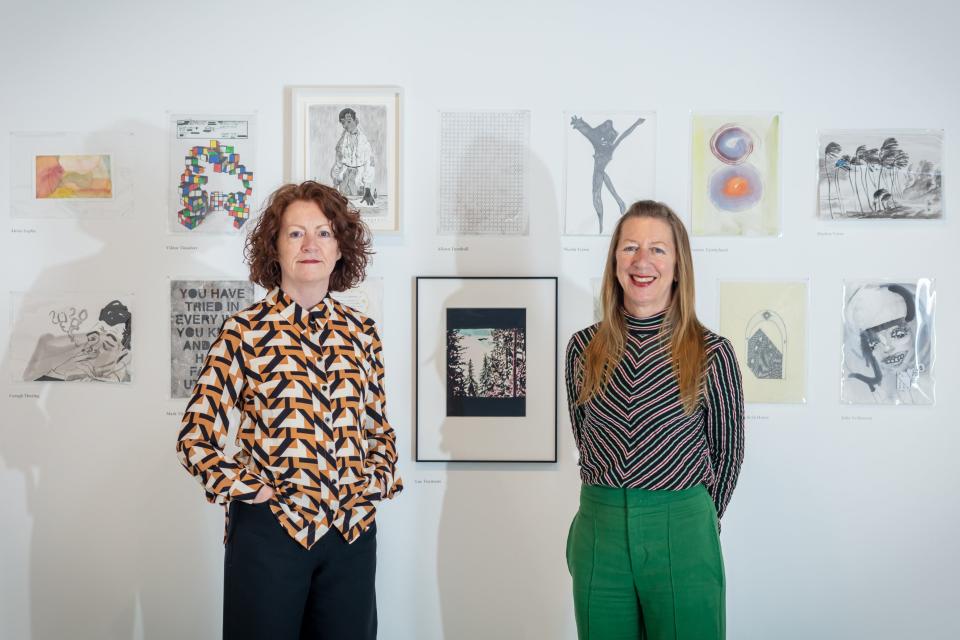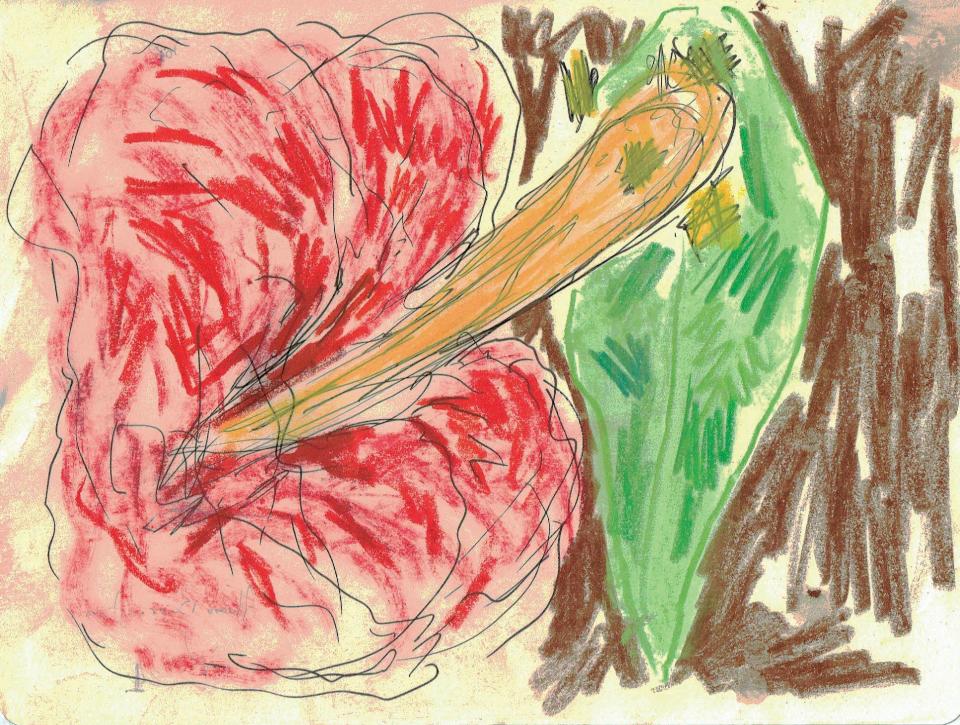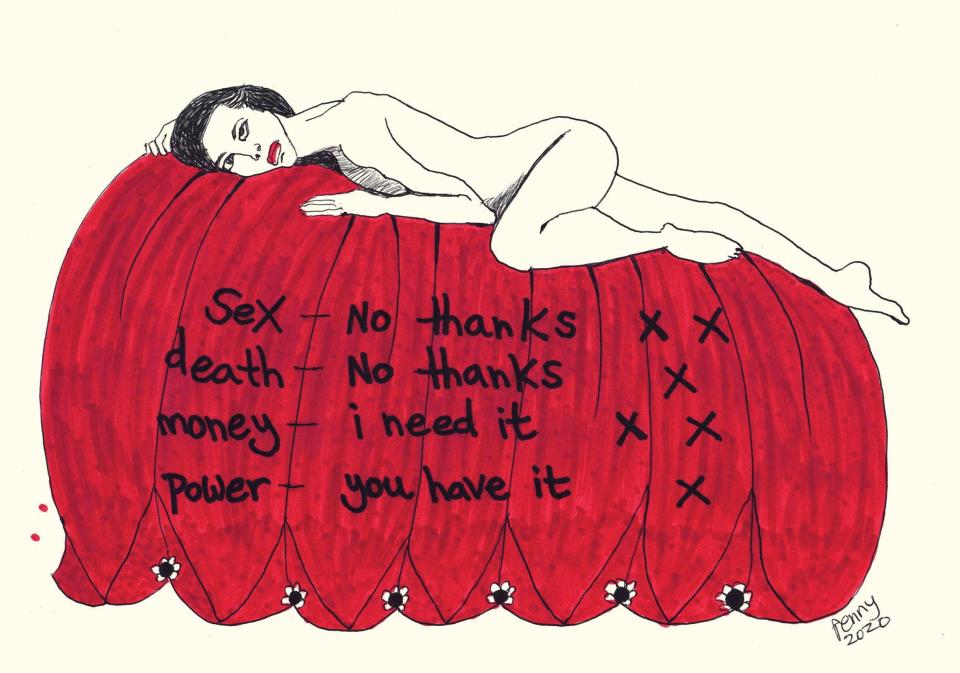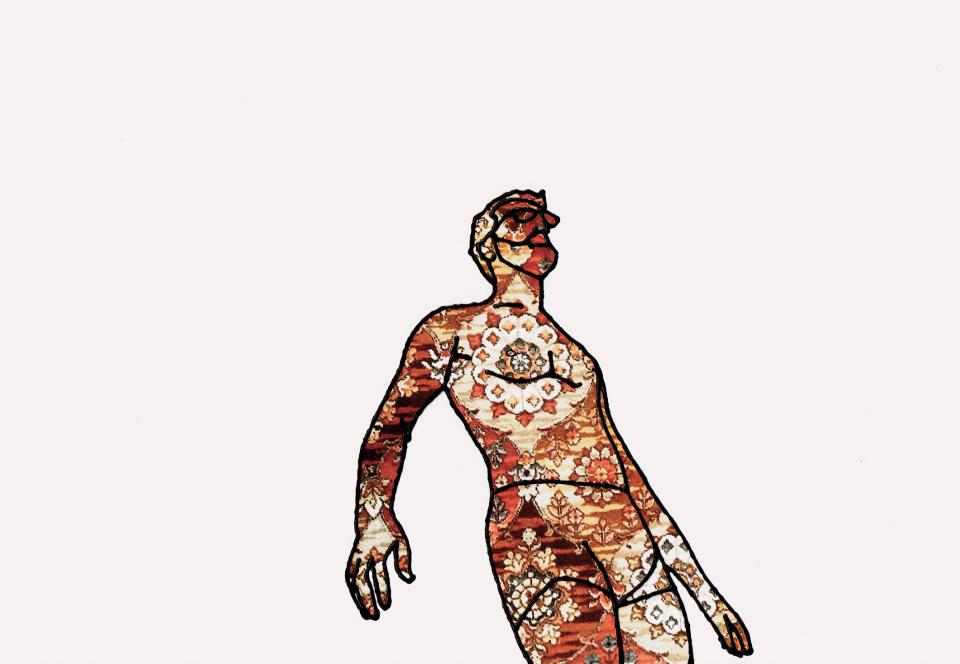The Drawing Room: A little-known gem (and a place to bag a bargain)

There is something miraculous about drawing. From the scratches on the walls of ancient caves onwards, it functions as a sort of time-and-space machine. More than any other art form it brings you in the closest possible contact with the artist, dead or alive. With each stroke of the pen, each swipe of the pencil, you can see a mind at work in real time; decisions made on the spot, ideas worked through. It’s easy to forget in the digital age but that’s how humans evolved to think, in many ways - through our hands.
And yet, despite drawing’s importance, especially when it comes to art, as a form it’s increasingly overlooked - most art schools dropped it as an essential years ago. But artists love it, which is why, twenty years ago next year, three British curators decided to set up the Drawing Room, a non-profit organisation, to champion drawing in all its forms (what those forms are considered to be is up for grabs, of which more later).
With a year-round programme of free solo and group exhibitions by established and emerging artists, alongside an education and engagement programme that encourages self-expression through hands-on making, their aim is to raise the profile and remind people of the sheer joy of making marks.

Today, a fortnight of bidding opens for the Drawing Room’s biennial auction, possibly the best opportunity in London to bag an original work at a bargain price by a big name artist you wouldn’t have a hope in hell of affording otherwise. Bids start at £300 and artists this year include Michael Armitage, who has a solo show on now at the RA, Raqib Shaw, whose paintings routinely sell for millions, Sonia Boyce, who will represent Britain at next year’s Venice Biennale, Fiona Banner, whose major Tate Britain installation of fighter planes, Harrier and Jaguar, you might remember from 2011, Emma Cousin and Lindsey Mendick, both of whom had recent solo presentations at Goldsmiths Centre for Contemporary Art… you get the idea.
Drawing - cheap to produce and comparatively inexpensive compared to other media - has long been known by aficionados as an entry point (or a gateway drug) to collecting art. In 2002, though, “There wasn’t a space for drawing outside America - the Drawing Centre in New York, which is a space so loved by artists,” says Mary Doyle, the Drawing Room’s co-director with Kate Macfarlane (their co-founder Katherine Stout is now the director of Focal Point Gallery in Southend-on-Sea but remains an associate).
“We were very aware that there was a lot of drawing practice out there, but it wasn’t really that visible,” Doyle adds. Raymond Pettibon in the US was a notable exception, and in Britain in the Nineties the likes of Paul Noble and Charles Avery were coming to the fore, “but it still wasn’t really seen as as important as work in other media.”
Of course, they had no money - an Arts Council project grant was a start but in a bold and innovative move they launched with what would become the first Drawing Room biennial.

“We tested the idea by sending out paper sheets, with nice rough edges, wrapped in tissue to about 150, maybe 200 artists, to tell them about Drawing Room and what we wanted to achieve and to see whether they thought this was something they would support, would they make a drawing for us? And we got over 100 drawings donated.”
Unsurprisingly, with no experience of running an auction, “it was chaos, absolute chaos,” says Macfarlane. But they made enough money to get going and since then, every year, it’s become a little bit more professional, though until the online auction site was built in 2009, the bidding - all in the room on the final night of the show - was not without drama.
“On the day, people would place bids on pieces of paper and we had a team of people, they’d be like, for artists between A and D go to this table, from E to G go to that table... And then we’d chalk it up on the board like at the races,” says Doyle.
And people were “so badly behaved,” says Macfarlane. “They would muscle in and people would stop other people getting to the bidding table, and then people would be there with their bid to put in at the last minute. And we’d have to keep extending the bidding and everyone was like ‘You were supposed to have stopped it by now!’. We nearly had fist fights.”

One year a Paula Rego drawing almost incited an international incident. “We had two people fly from Portugal to bid for it, but then we also had two people ring up from Portugal [to bid],” Macfarlane remembers. “And we had volunteers on the phone with these bidders, and they were going up and up and up. In the end, we just had to say, right, give us your best offer now. And you know, one of them outbid the other but the two people in the room who’d flown over especially didn’t get in on it. We were so badly organised.”
With a fortnight of online bidding it’s now much more civilised, but you can still visit the exhibition in person at the Drawing Room’s current space in Elephant & Castle - I say current because they’ve been forced to move a number of times in the last few years. Next year, however, they’ll be moving to a purpose-built permanent space in Bermondsey with more than 2,000 square feet of double-height, climate-controlled exhibition spaces, a dedicated participation studio, library and research centre, their first ever conservation studio and a shop, all topped off with a number of artist studios run by Tannery Arts). This is their biggest show yet, with over 300 artworks donated.
“I think that’s a reflection of what artists have gone through this last year,” says Doyle. “So many have gone back to drawing, or have started drawing in some cases. So a lot of the responses we were getting through were not only receiving the work, but people saying - I’m really pleased to have done this, you’ve sparked me to start drawing again. Even if they’re just working on the kitchen table, or wherever it’s been, it’s been really important to them.”

So then, the million dollar question - what is drawing? Doyle and Macfarlane pause, then laugh.
“We deliberately didn’t start with a definition,” Macfarlane says. “We’ve always said, we look to the artists and see how they’re using drawing, how they talk about drawing, how they think about drawing in their practice. I think in the first 10 years, we really pushed the boundaries of what drawing might be, and in the last decade, we’ve been refining a bit.” (She doesn’t actually say to what conclusion, there being, I suspect, none.)
“But also, I think a lot of artists have gone back to drawing,” she adds. “More artists are using the more traditional materials and methodologies of drawing than they did ten years ago. Artists love paper, graphite, charcoal - these are the materials that artists who are working in many media come back to, over and over again.”
Famously, when he was stuck with his painting the American artist Philip Guston would simply stop and draw for an entire year to help him reboot his thinking. “So many artists talk about doing that,” says Macfarlane. “When they’re really stuck, drawing is a way to free things up.”

I still don’t know what it is though?
“I guess it’s around line…” Macfarlane muses. “And it doesn’t have to be on a flat surface, we’ve looked at drawing in space, so as it moves off the page, and we’ve explored it as moving image, and at how artists are using drawing methodologies and sculptural ones and mixing them up, so we did an exhibition around drawing and sculpture and one looking at drawing and photography, and then here [in the biennial exhibition] we can see in particular drawing and painting coming together. So I think we still don’t really want to fully define it.”
Ultimately, she says, “it’s very rare to come across an artist who doesn’t draw in some form. A lot of them say it’s a way to experiment - there’s a freedom in there, you can just do whatever and see what happens - but also there’s a slowing down, a chance to just focus on this piece of paper and put everything aside.” I think we can all relate to that. Where did I put that 2B?
The Drawing Room Biennial auction is now live; the exhibition and auction run to July 5. biennial.drawingroom.org.uk
Read More
Sophie Taeuber-Arp at Tate Modern review - Art brought to dancing life
8 things you need to know about abstract art icon Sophie Taeuber-Arp
Jewish Museum reopens where visitors can read refugees’ stories

